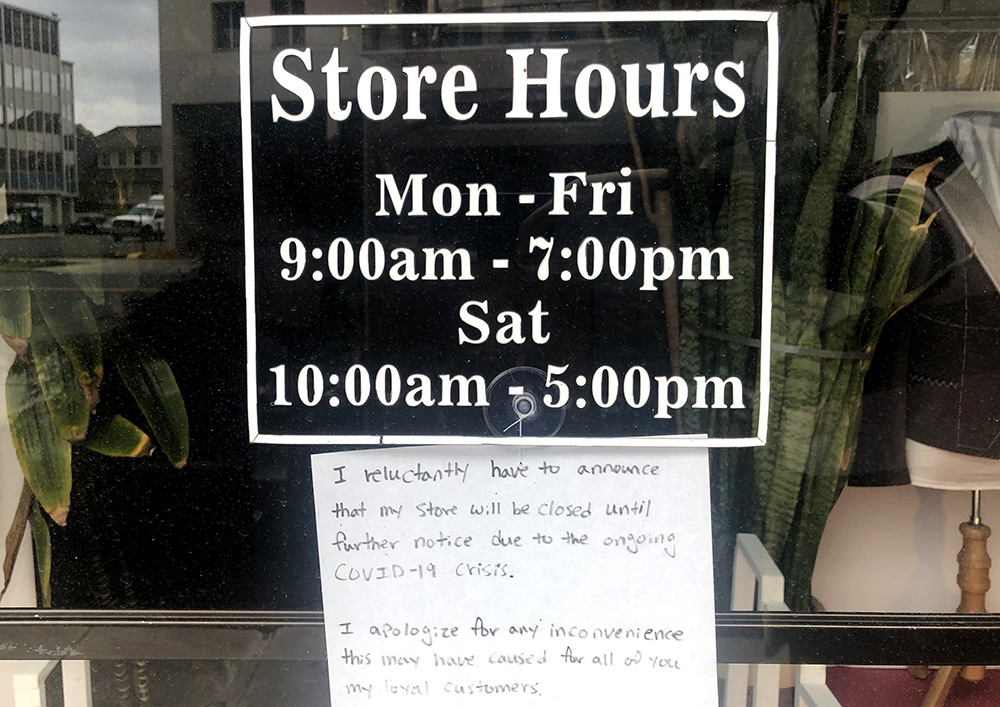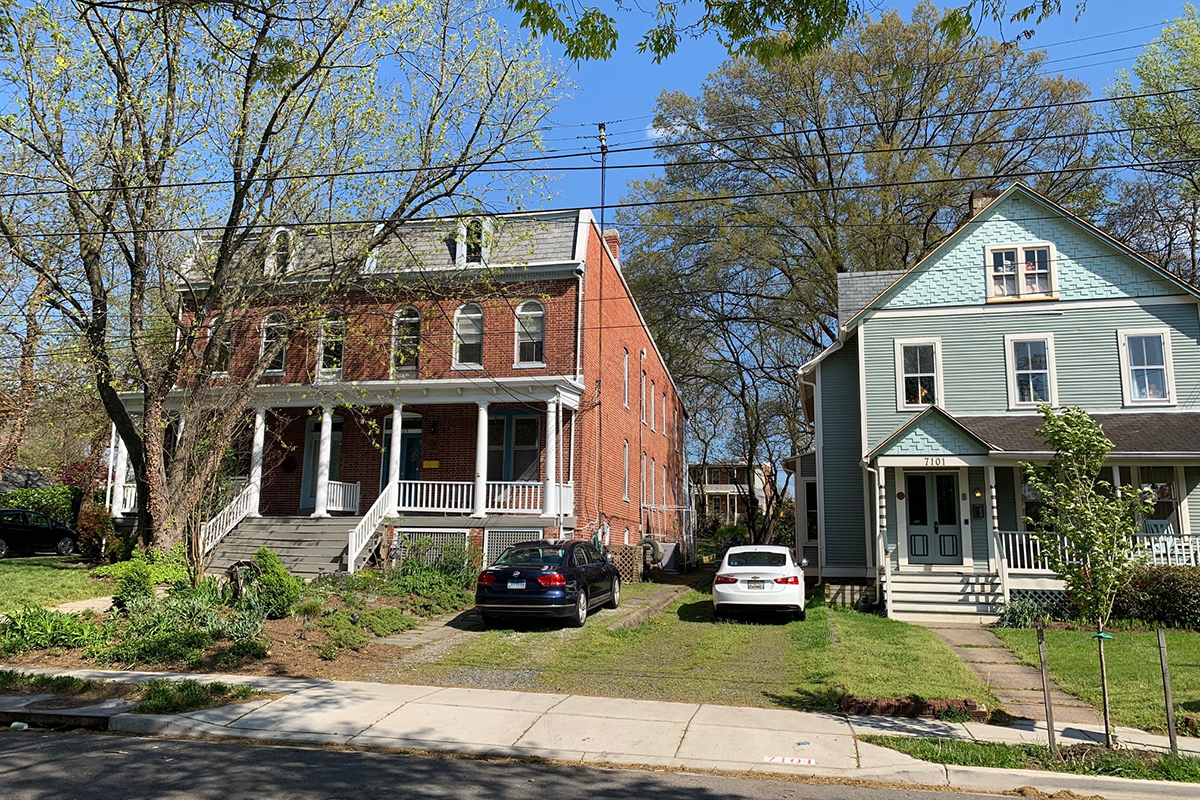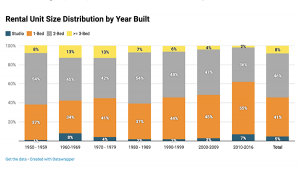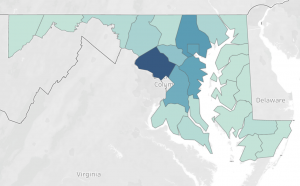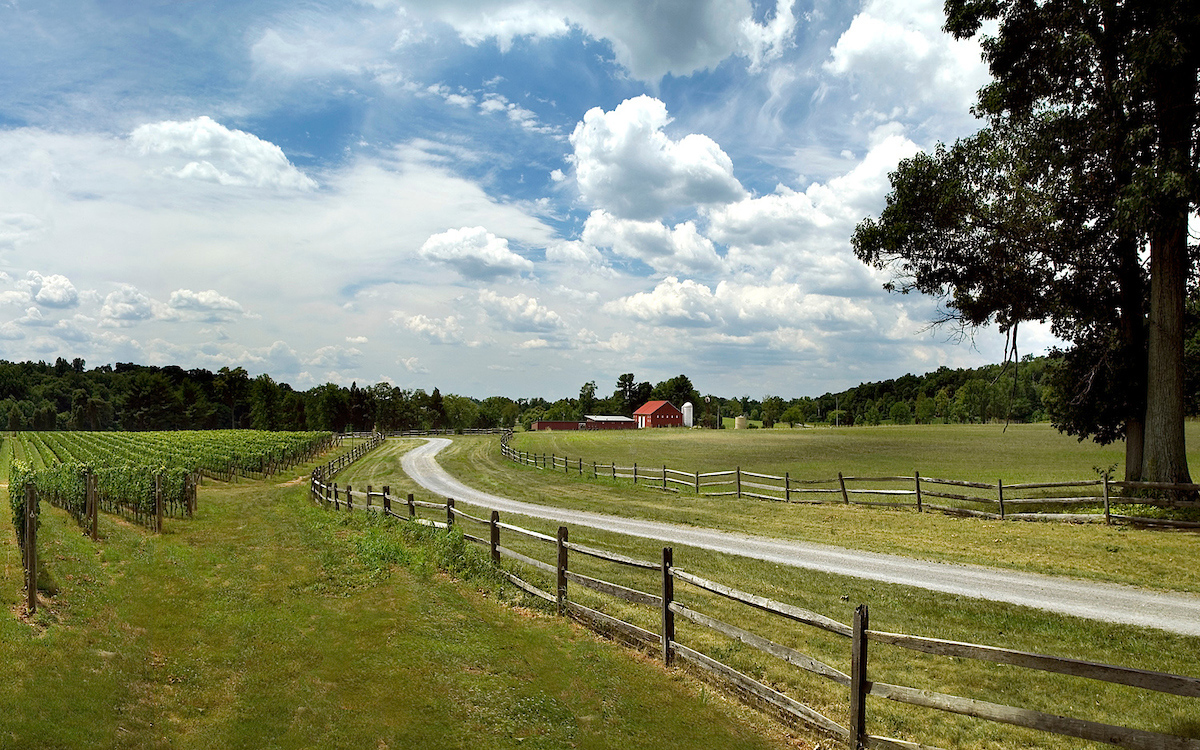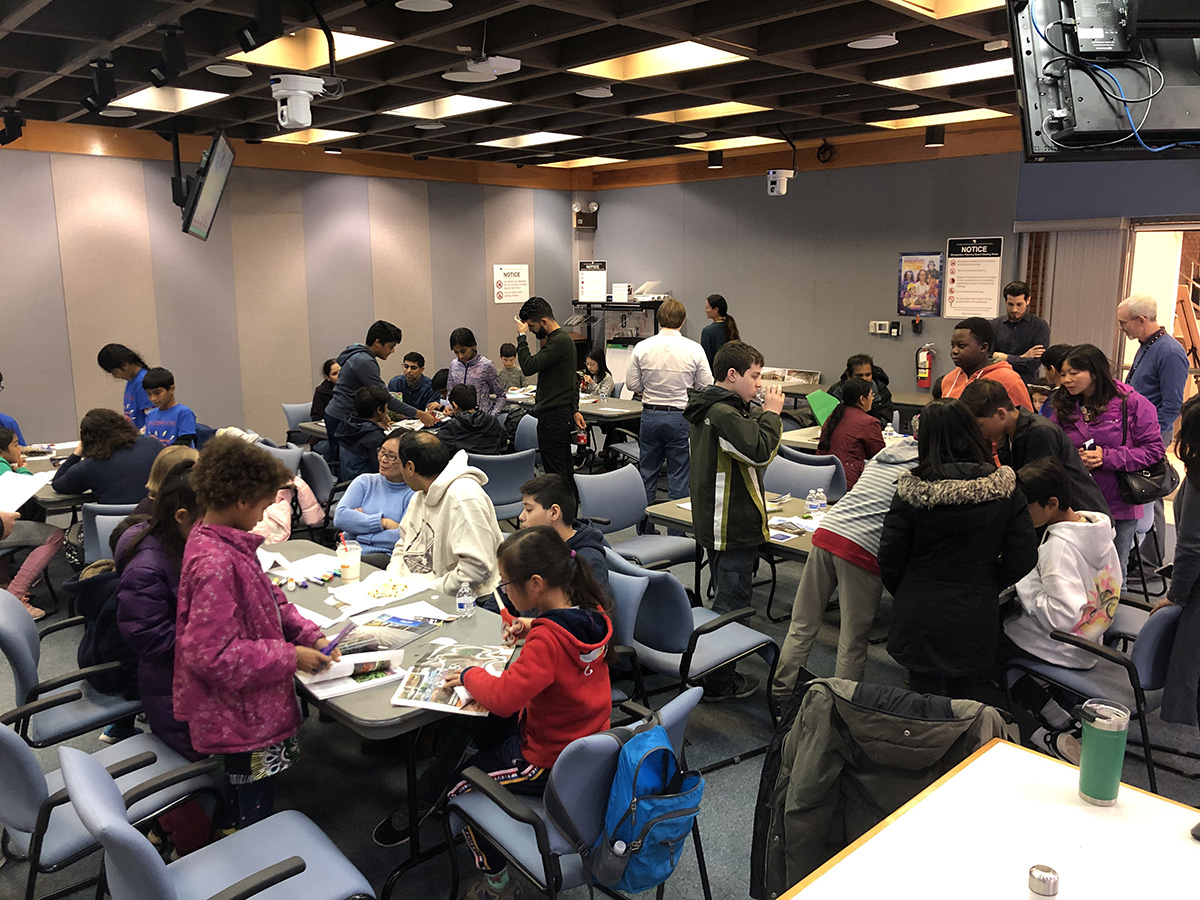
Written by Jesse Cohn & Eli Glazier
There’s not doubt that over the past few months, the COVID-19 pandemic has drastically changed the way that we live, work, play and travel. However, some of these short-term impacts of the pandemic may extend into the future for years to come, long after we find a vaccine.
Experts and practitioners in transportation, real estate, economics, public health and other disciplines have shared their initial predictions of what life will look like in the wake of COVID-19.
And as planners who must prepare for these potential long-term changes and adapt accordingly, we have been listening closely. A core group of us at Montgomery Planning have spent the past few months reviewing recent … Continue reading

